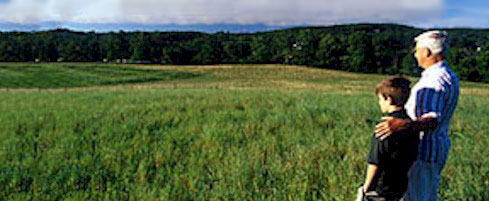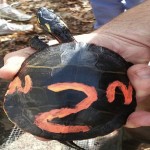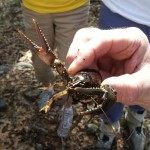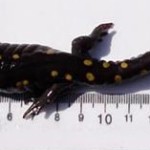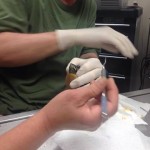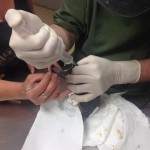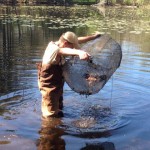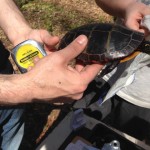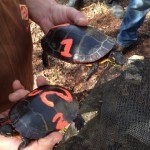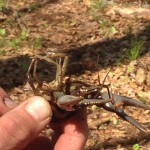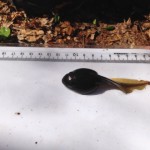The wildlife survey project currently ongoing at Beals Preserve is focusing primarily on reptiles and amphibians. But a number of other species have been observed by project volunteers. Here is a listing of these observations to July 30, 2014. Thank you volunteers for all the time and effort you have put into this project and the wide variety of observations you have made.
BIRDS
American Crow
American Goldfinch
American Robin
American Woodcock
Barn Swallow
Black Capped Chickadee
Canada Geese
Catbird
Cedar Waxwing
Common Grackle
Common Yellowthroat
Eastern Bluebirds
Eastern Phoebe
Great Blue Heron
Great Crested Flycatcher
Green Heron
Hairy Woodpecker
Hawk with broad wings
Hummingbird
Indigo Bunting
Kingfishers
Kingfishers, Belted
Mallards
Merganzers
Mourning Dove
Northern Flicker
Northern Rough Winged Swallows
Owl, Barred
Pileated Woodpecker
Red Bellied Woodpecker
Red Tailed Hawk
Red Winged Blackbirds
Rose Breasted Grosbeaks
Sharp Shinned Hawk
Song Sparrows
Tree Swallow
Tufted Titmouse
Wood duck
Yellow Warblers
Wrens
MAMMALS
Coyote
Deer
Mole, Star Nosed
Field Mouse
Mouse
Otter
Rabbit
Shrew
Vole
INSECTS
Barklouse, Common Herd
Beetles
Beetles, Black
Beetles, Sexton (Burying Beetles
Beetles, Carrion
Blue Dasher
Caterpillar
Centipede
Crickets
Dragonfly
Eastern Commas
Eastern Tailor Blues
Grasshopper
Grubs
Katydid
Millipedes
Mosquitoes
Moth, Leconte’s Haploa
Moth Caterpillar, Winter
Mourning Cloak
Satyr, Little Wood
Spider
Spider, Wolf
PLANTS
Buttercups
Canada Mayflowers
Cinnamon Fern
Greater Celendine
Indian Paintbrush
Jack in the Pulpits
Lily of the Valley
Pink Lady Slippers
Solomon’s Seal
Spotted Wintergreen
Starflowers
Water Lilies
Wild Geranium
Yellow Cinquefoil
OTHER ANIMALS
Crayfish
Shiners
Worms

